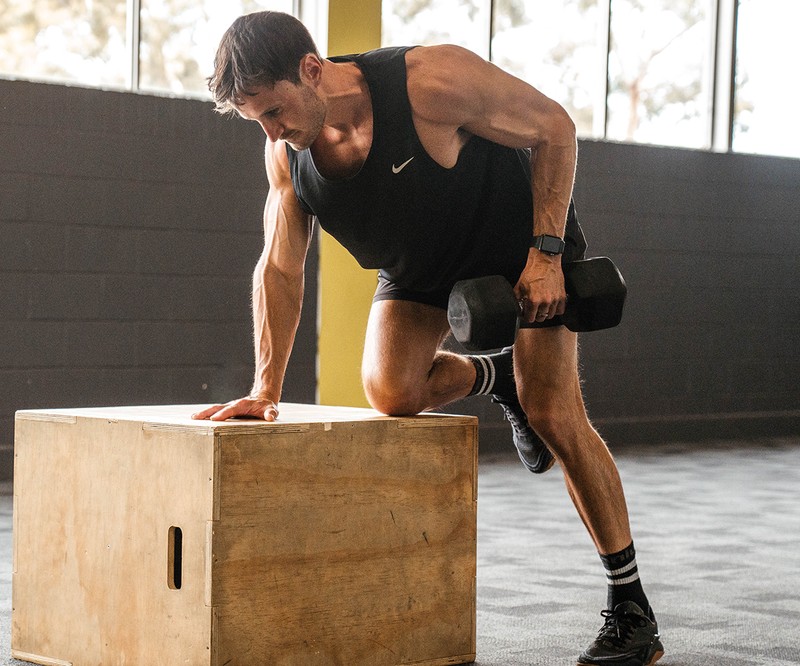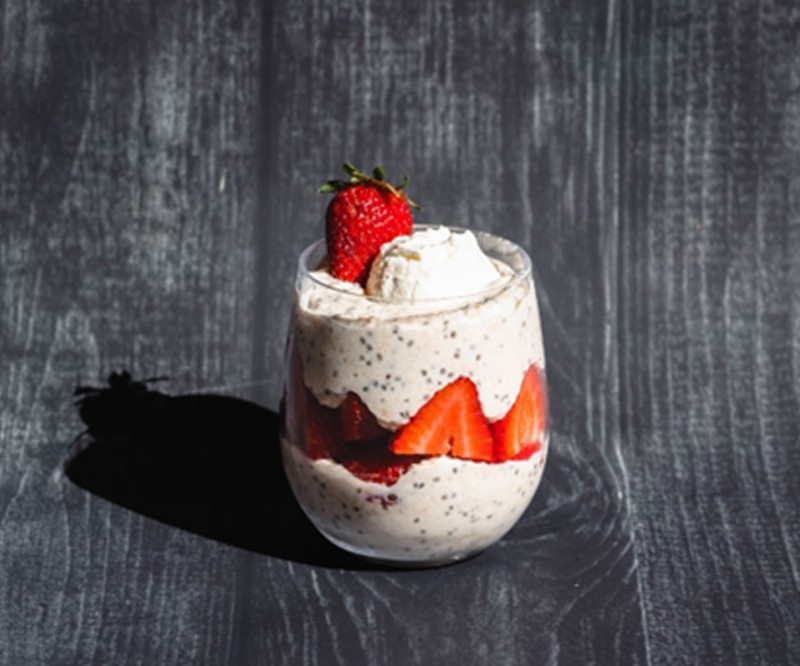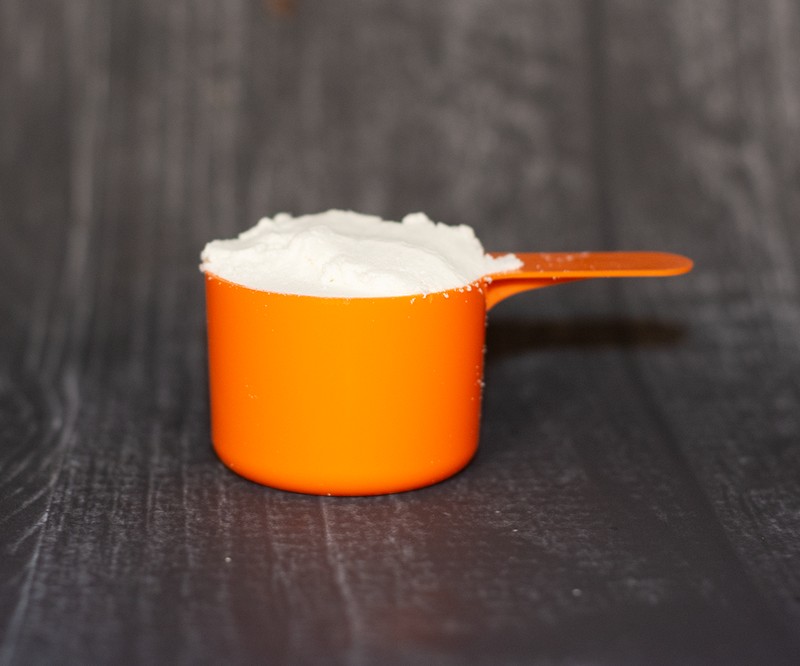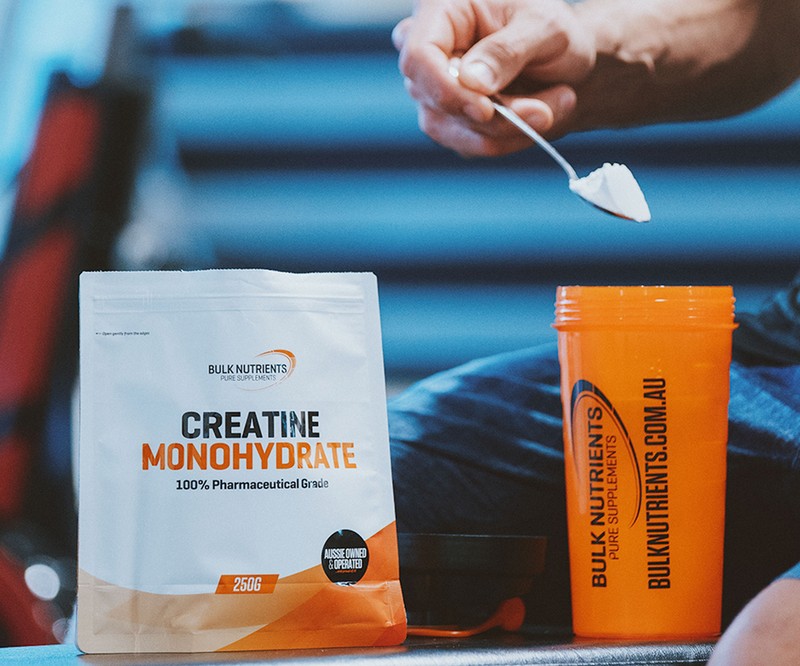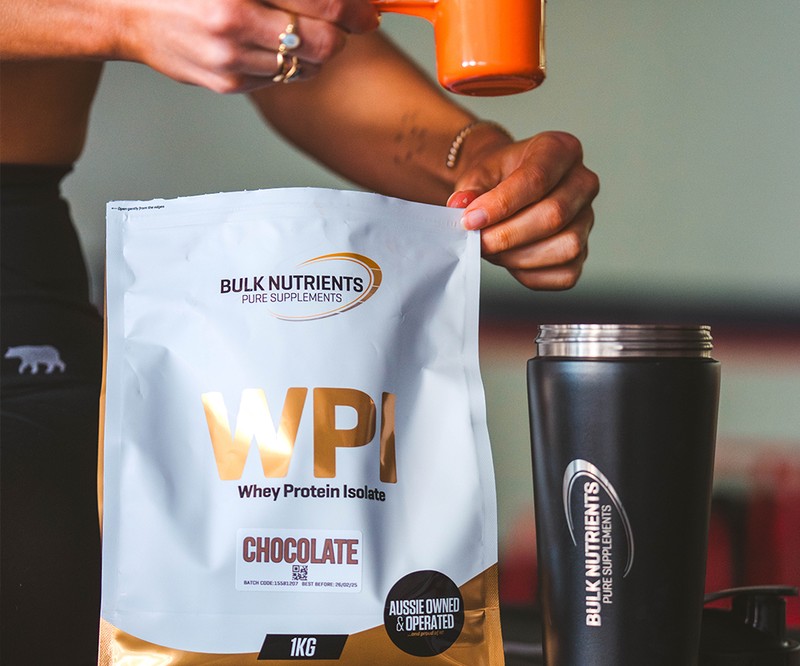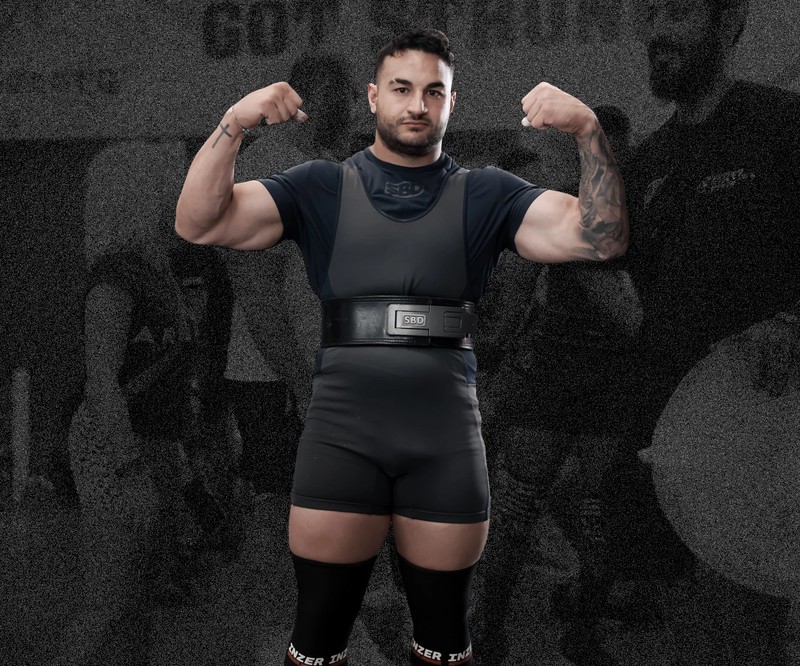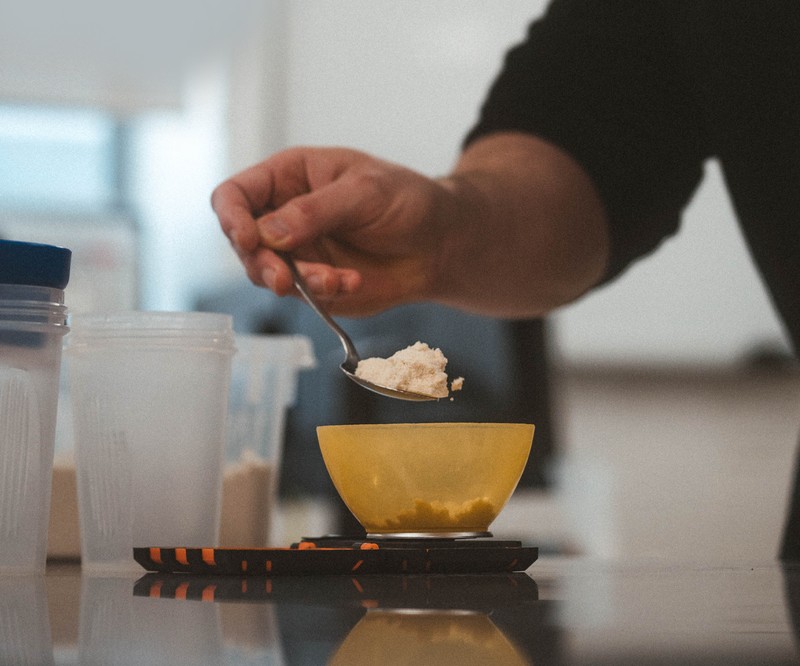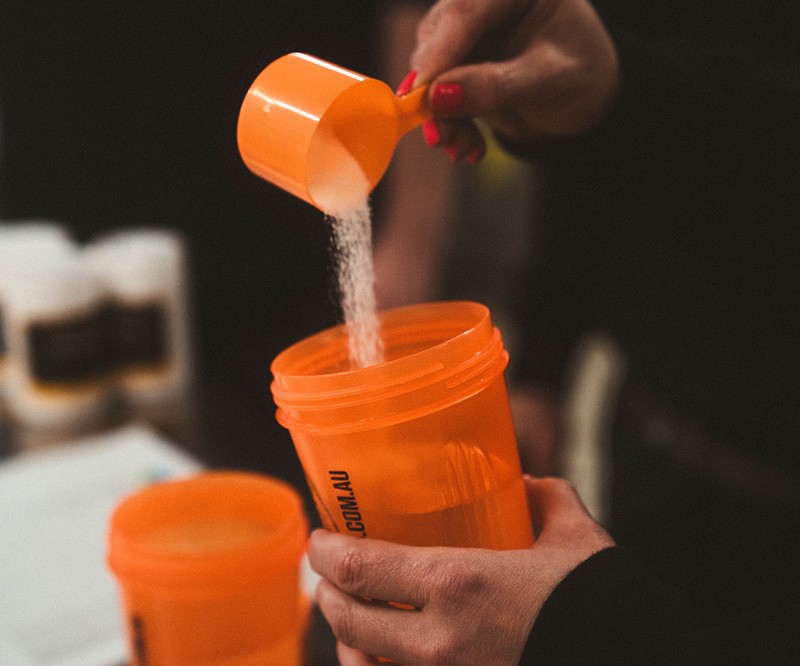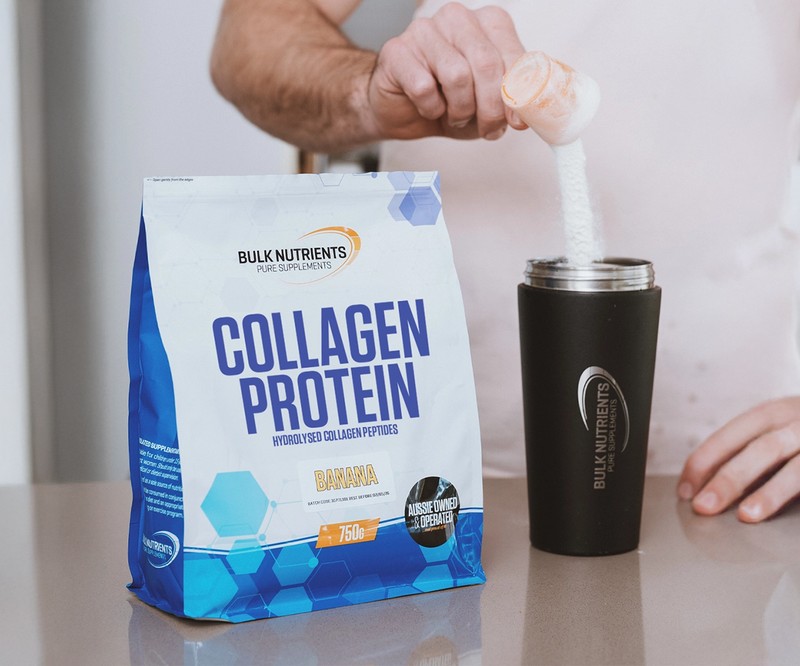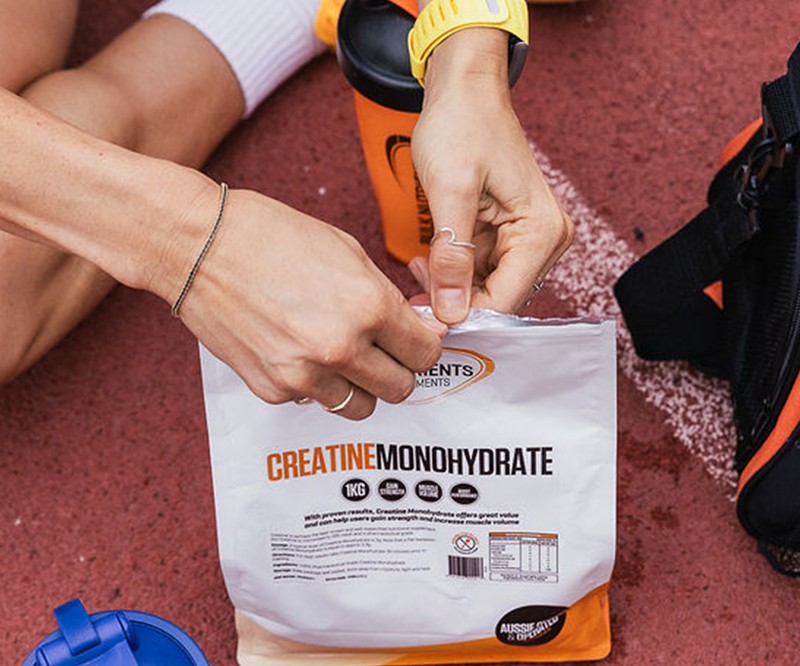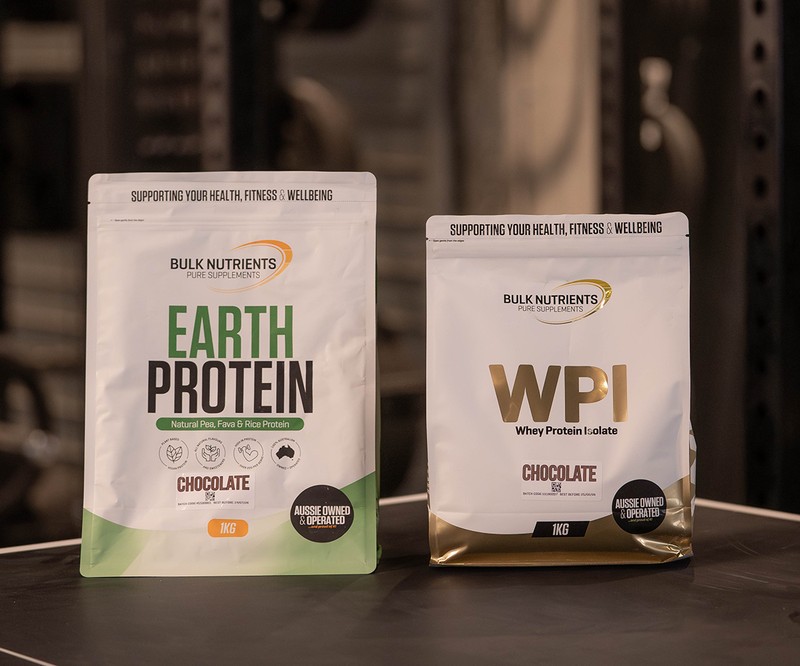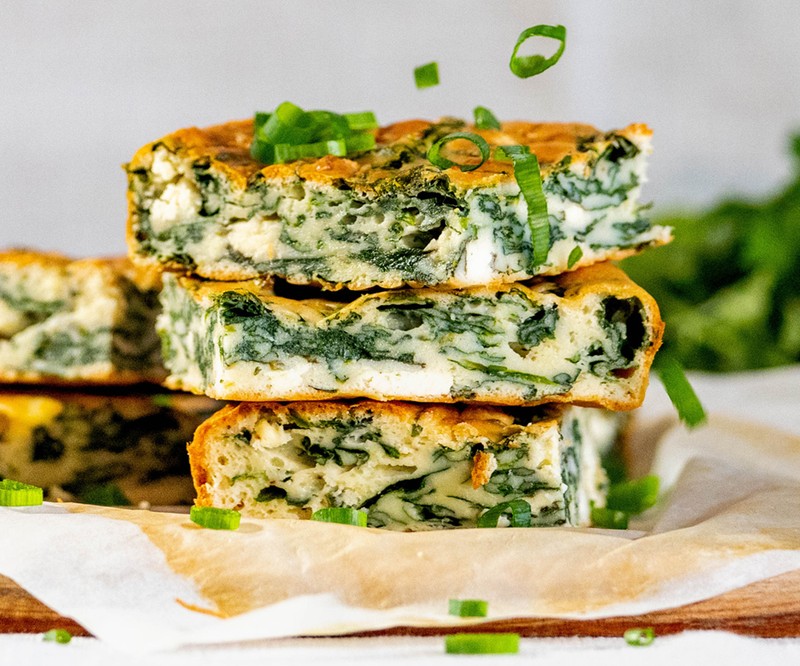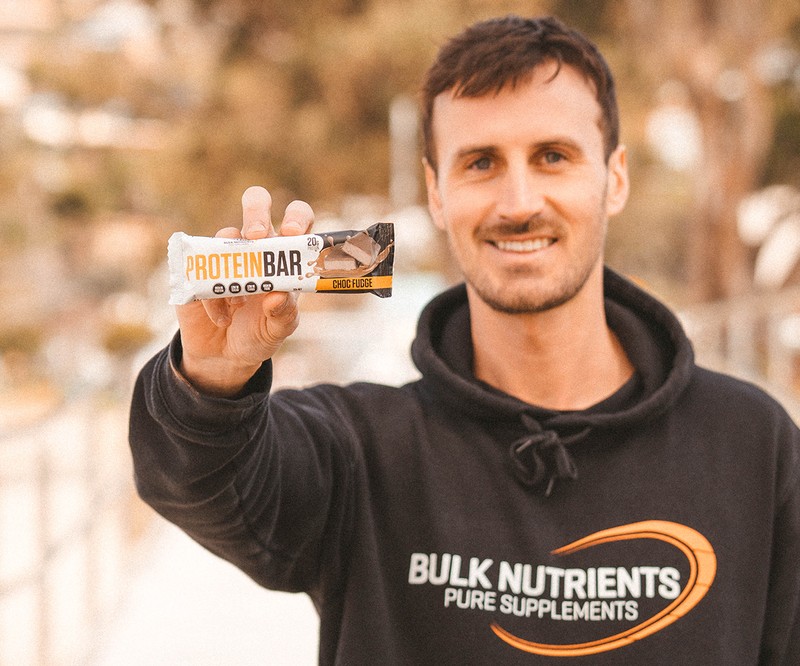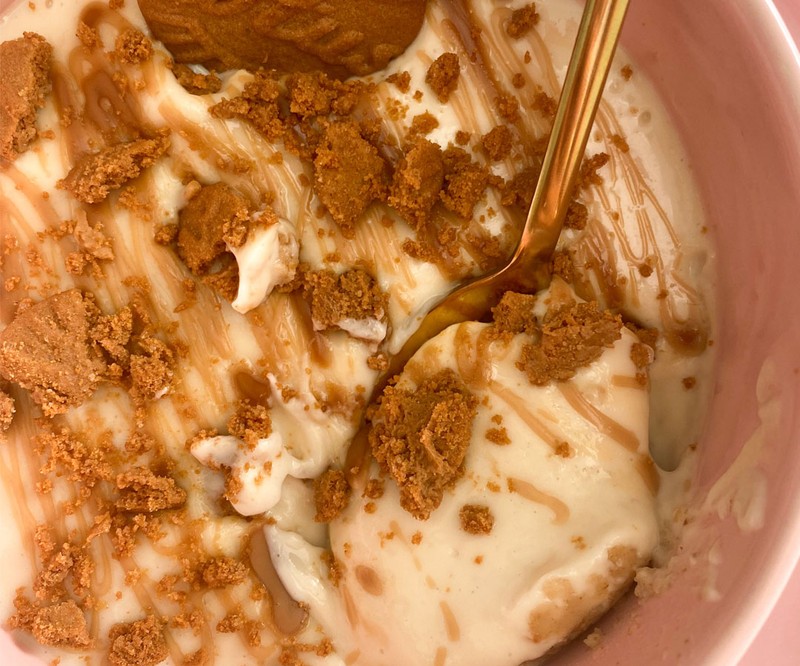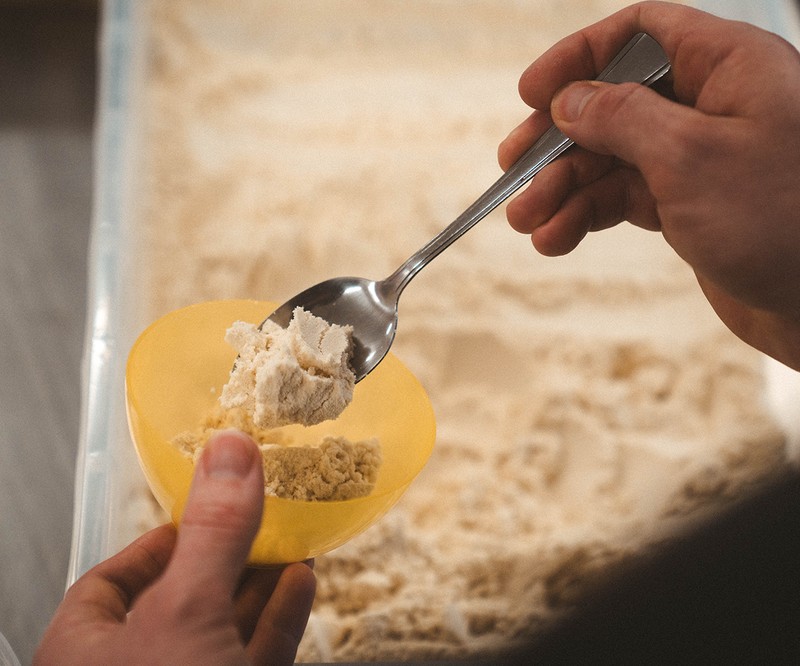What Is NEAT and How Can It Help Me Lose Weight?

How NEAT can help you lose weight.
Firstly, NEAT stands for non-exercise activity thermogenesis. It refers to our daily movements that burn calories that are NOT exercise. For example:
- Walking to the bathroom
- Grocery shopping
- Cleaning your living space
- Playing with your kids
- Gardening
- Walking your dog
- Walking to your next meeting
- Taking the stairs when you can
- Stand instead of sit
- Maintaining posture
- Tapping
- Chewing gum
These activities might not seem like "hardcore exercise." But consider research suggests we can burn an extra 350 calories a day from NEAT activities.
Now let's put this into perspective for a moment: 30 mins of high-intensity interval training (HIIT) has been shown to burn roughly 360 calories.
Now depending on your lifestyle, this is a huge bit of news!
You might be the person that has to walk or drive to the gym (even park your car) in order to perform a 30-minute bout of exercise.
Or you can change your patterns, like get a standing work desk instead of a sitting work desk, which isn't as ideal for burning calories. Research shows that sitting, standing and walking increase energy expenditure above resting levels by 5-10%, 10-20% and 100-200%, respectively.
If your resting metabolic rate was around 1600 calories (not uncommon), then 20% of this is 320 calories. So, standing at your office desk is not a bad idea!
Other research suggests a lot more calories can be burnt standing. When we examine the "Compendium of Physical Activities", the results are enlightening.
For example, if you're 77 kilograms, and you stand for 4 hours, you can expect to burn an average of 134 calories per hour.
You can work out how many calories you might be able to burn a day via the formulas below:
- Women Sitting = 1.2 x ( 655 + ( 9.59 x weight in kg ) + ( 1.85 x height in cm ) - ( 4.7 x age in years ))
- Women Standing = 2 x ( 655 + ( 9.59 x weight in kg ) + ( 1.85 x height in cm ) - ( 4.7 x age in years ))
- Men Sitting = 1.2 x ( 66 + ( 13.735 x weight in kg ) + ( 5 x height in cm ) - ( 6.8 x age in year ))
- Men Standing = 2 x ( 66 + ( 13.735 x weight in kg ) + ( 5 x height in cm ) - ( 6.8 x age in year ))
Of course, exercise like weight training has many benefits and is an absolute welcomed addition to a standing desk. But the point is, you can burn more calories than you think outside of the gym.

Scientists have been investigating and getting excited about NEAT and treating obesity for some time now. They report:
"If obese individuals adopted the NEAT-enhanced behaviours of their lean counterparts, they could expend an additional 350 kcal/day from these numerous small low-grade activities and movements. Since this is equivalent to approximately 18 kg in a year, this may be an important factor in long-term weight control."
Further research shows "an additional energy expenditure of 280-350 kcal/day or 2000-2500 kcal/week through NEAT is required for weight loss."
Is NEAT an alternative for weight loss?
NEAT is certainly a great way to change your habits.
Our recent increase in obesity is because we simply exercise less and eat more. For those who aren't keen on signing up to a gym right away, this is a great way to start. For someone who has been training in the gym for some time and wants to burn even more calories to increase their daily deficit or achieve the same amount in a shorter and more convenient time, then NEAT related activities are encouraged.
If one factor in NEAT on top of gym visits, that's even more calories burned. NEAT can also work for us in a different way when we manage to eat too many calories!
NEAT and fat loss after overfeeding
In this study, 16 subjects (4 females and 12 males) were overfed 1000 calories for 8 weeks. One of the big findings was how the different subjects gained a different amount of weight.
Over the 8 weeks, an average of 432 calories per day was stored, and 531 were burned during increased energy expenditure. And the difference in fat gained was huge: 0.36kg to 4.23kgs!
So, what on earth happened?
Well, it was our friend NEAT again.
Some subjects can burn an astronomical number of calories even after being overfed, via NEAT, in response to overfeeding. They tap their feet, bounce their leg, whatever it is. One subject's NEAT increased so much that they torched 700 of the 1000 calorie surplus!
The researchers pointed out that this is the equivalent of walking for 15 minutes every hour whilst they were awake!
You've probably never heard many people sell you the idea of tapping your foot or bouncing your knee to lose weight, but it certainly burns calories! And the amazing thing was this person wasn't trying to increase their calories burnt. It just happened. The fidgeting and moving around caused a large decrease in calories.
And this goes to explain how many people can seem to gorge on high-calorie foods but still lose weight. Think about it for a moment; the people you know who are always buzzing around and can't seem to ever sit still -- they're very, very rarely overweight!

So NEAT can help us when we overfeed ourselves too. Of course, you wouldn't keep overfeeding yourself and expect NEAT to save you, but we all have days where we might consume more calories than we burn and knowing this about NEAT can be a powerful piece of fat loss (and peace of mind!) information.
The bottom line is that we should increase our NEAT by walking around and even adopting a standing desk where possible because we can burn hundreds of additional calories per day by doing so. This makes exercise a lot more convenient, so we can put it towards our daily calorie deficit and hopefully make fat loss a lot easier.
References:
- Ainsworth BE, Haskell WL, Herrmann SD, Meckes N, Bassett DR Jr, Tudor-Locke C, Greer JL, Vezina J, Whitt-Glover MC, Leon AS. 2011 Compendium of Physical Activities: a second update of codes and MET values. Med Sci Sports Exerc. 2011 Aug;43(8):1575-81. doi: 10.1249/MSS.0b013e31821ece12. PMID: 21681120.
- Bouten CV, Westerterp KR, Verduin M, Janssen JD. Assessment of energy expenditure for physical activity using a triaxial accelerometer. Med Sci Sports Exerc. 1994;26:1516–2. doi: 10.1249/00005768-199412000-00016.
- Chung N, Park MY, Kim J, Park HY, Hwang H, Lee CH, Han JS, So J, Park J, Lim K. Non-exercise activity thermogenesis (NEAT): a component of total daily energy expenditure. J Exerc Nutrition Biochem. 2018 Jun 30;22(2):23-30. doi: 10.20463/jenb.2018.0013. PMID: 30149423; PMCID: PMC6058072.
- Diaz EO, Prentice AM, Goldberg GR, Murgatroyd PR, Coward WA. Metabolic response to experimental overfeeding in lean and overweight healthy volunteers. Am J Clin Nutr. 1992;56:641–55. doi: 10.1093/ajcn/56.4.641.
- Frankenfield DC, Muth ER, Rowe WA. The Harris-Benedict studies of human basal metabolism: history and limitations. J Am Diet Assoc. 1998 Apr;98(4):439-45. doi: 10.1016/S0002-8223(98)00100-X. PMID: 9550168.
- Goldberg GR, Prentice AM, Davies HL, Murgatroyd PR. Residual effect of graded levels of exercise on metabolic rate. Eur J Clin Nutr. 1990;44:99–105.
- Lau DC, Douketis JD, Morrison KM, Hramiak IM, Sharma AM, Ur E, Obesity Canada Clinical Practice Guidelines Expert Panel. CMAJ. 2007 Apr 10; 176(8):S1-13.
- Levine JA. Nonexercise activity thermogenesis - liberating the life-force. J Intern Med. 2007;262:273–87. doi: 10.1111/j.1365-2796.2007.01842.x.
- Norgan NG, Durnin JV. The effect of 6 weeks of overfeeding on the body weight, body composition, and energy metabolism of young men. Am J Clin Nutr. 1980;33:978–88. doi: 10.1093/ajcn/33.5.978.
- Owen N, Bauman A, Brown W. Too much sitting: a novel and important predictor of chronic disease risk? Br J Sports Med. 2009 Feb;43(2):81-3. doi: 10.1136/bjsm.2008.055269. Epub 2008 Dec 2. PMID: 19050003.




